What are the breathing sensors that the ICU is considering banning?
Cycling teams continue to incorporate methods and devices that can contribute to improving the performance of their riders. The latest is a breathing sensor that allows to relate how breathing varies with the effort with the watts and heart rate of the cyclist to obtain a more complete picture of the metabolic activity during the effort.
UCI is studying the use that teams are already making of breathing sensors
A new device has been included in the arsenal of cycling teams in recent months. These are breathing sensors, a small device that is attached to the heart rate monitor strap. Its function is to measure both respiratory rate and the depth of breaths. With this measurement and its relationship with heart rate and power, calculations can be made to determine how the cyclist's gas exchange is at all times, something that, until now, could only be measured in a laboratory during an exercise test.
This allows both the cyclist and the coach to have much more precise information about the type of effort being made at all times, making it possible to prescribe training more accurately or adjust the pace during races.
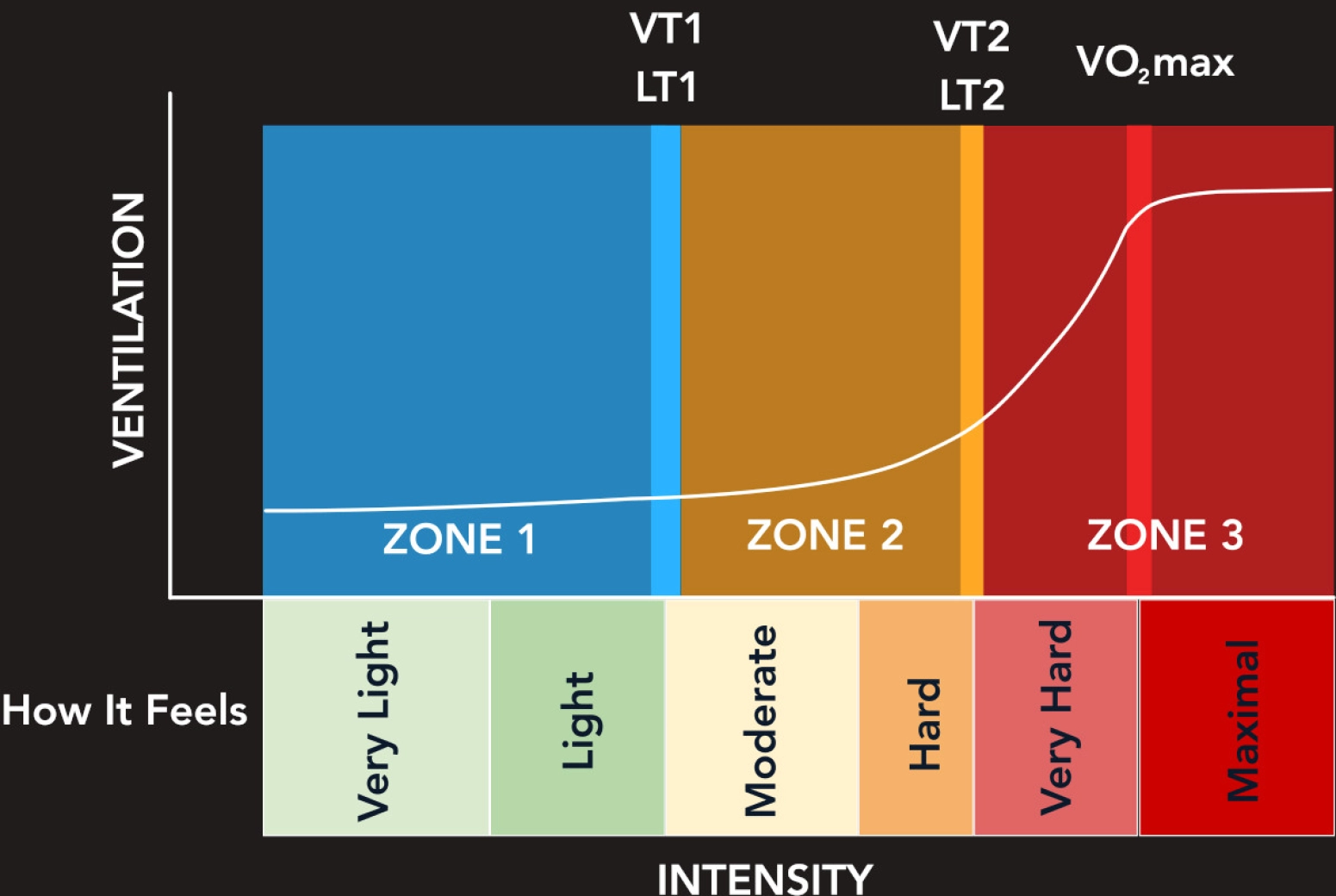
RECOMENDADO
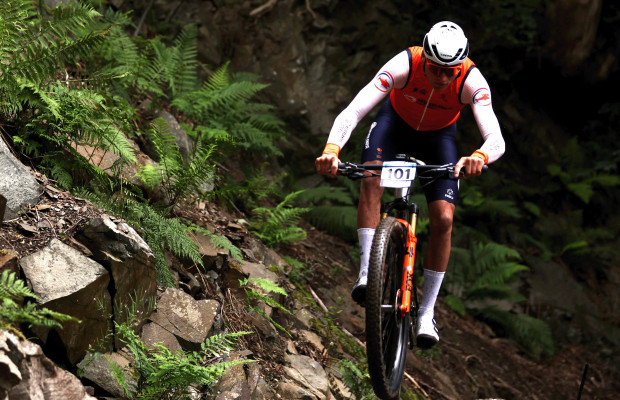
Some reasons to stay away from the road in winter
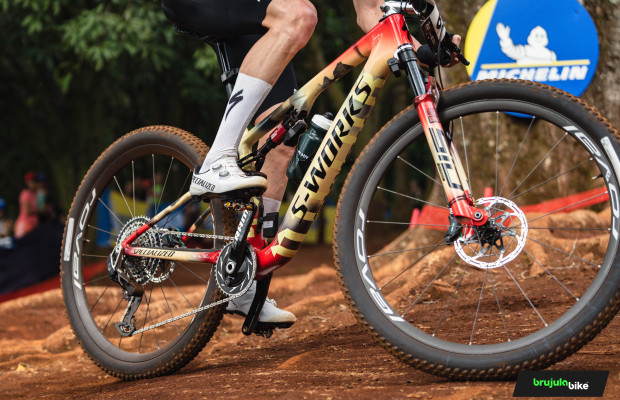
S-Works: what does it really mean and where does Specialized's most exclusive label come from?

The best apps for cycling and mountain biking

Why wider tires in gravel are faster

Black Friday 2025 cycling bargains: save on Garmin, POC, Maxxis and more
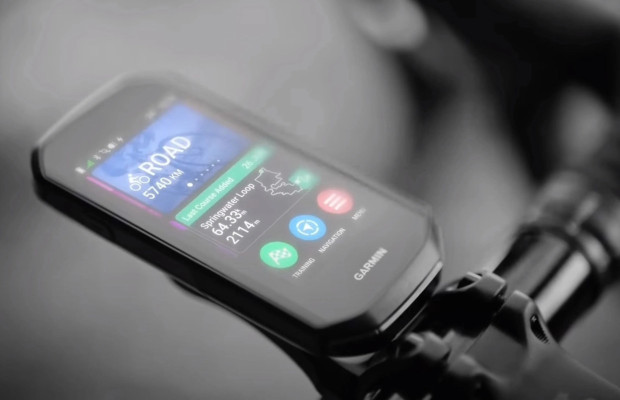
Black Friday Garmin 2025: the ultimate guide to choosing your GPS at the best price
However, the UCI has already set its sights on these devices and is studying their possible prohibition under the UCI regulations that prevent the capture of physiological data and metabolic values. A rule that has already led the cycling's governing body to ban the use of devices such as glucose meters in competition.
In any case, it is less likely that breathing sensors will be banned since, in broad terms, this device is nothing more than an accelerometer, like the one used by other bike devices such as the power meter or the cycle computer, with electronics calibrated to measure the expansion of the chest and the times per minute that this occurs.
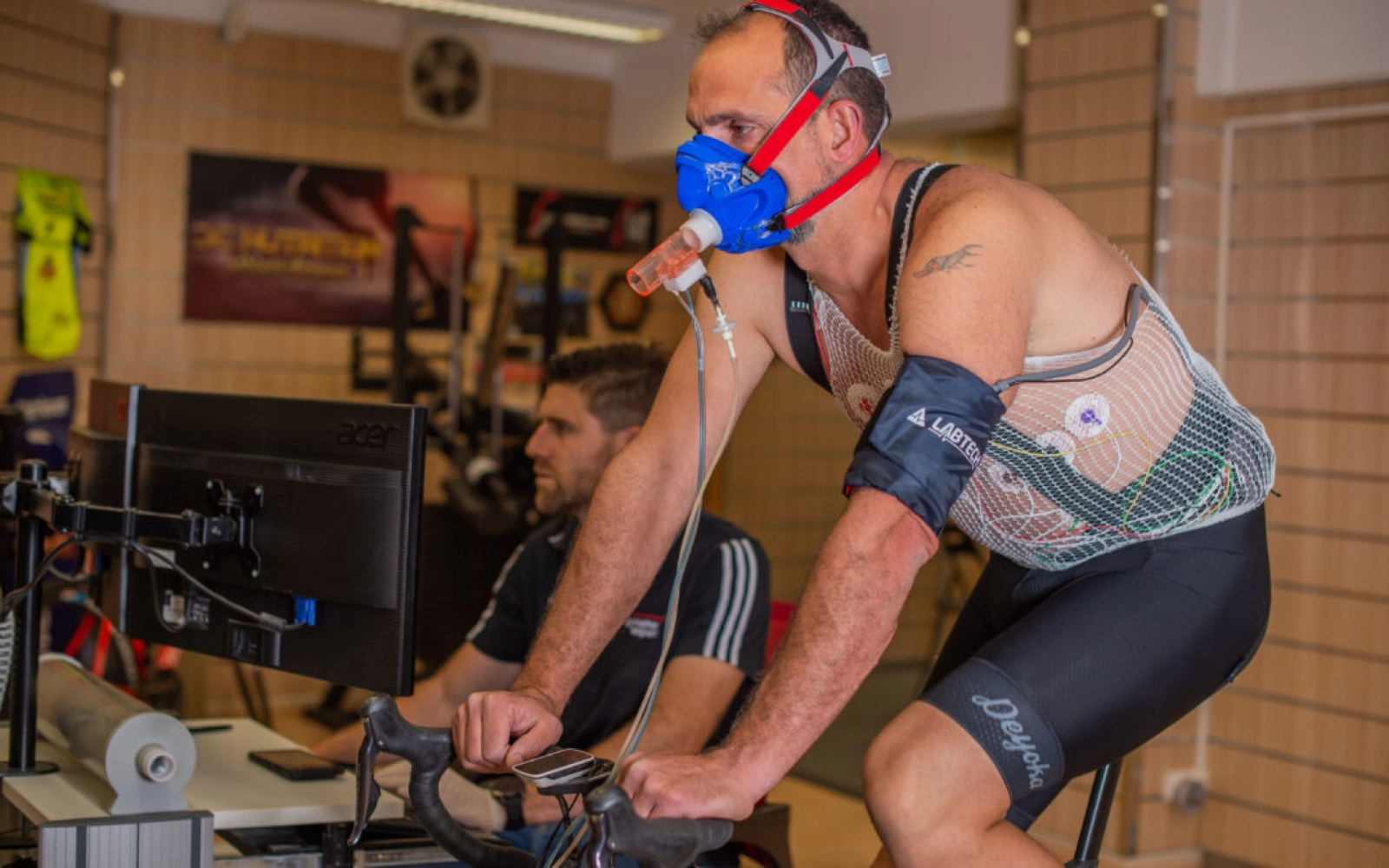
Whatever the UCI decides, the possible ban on breathing sensors would only affect their use in competition, allowing cyclists to continue using them during their training sessions as is the case with glucose sensors.
